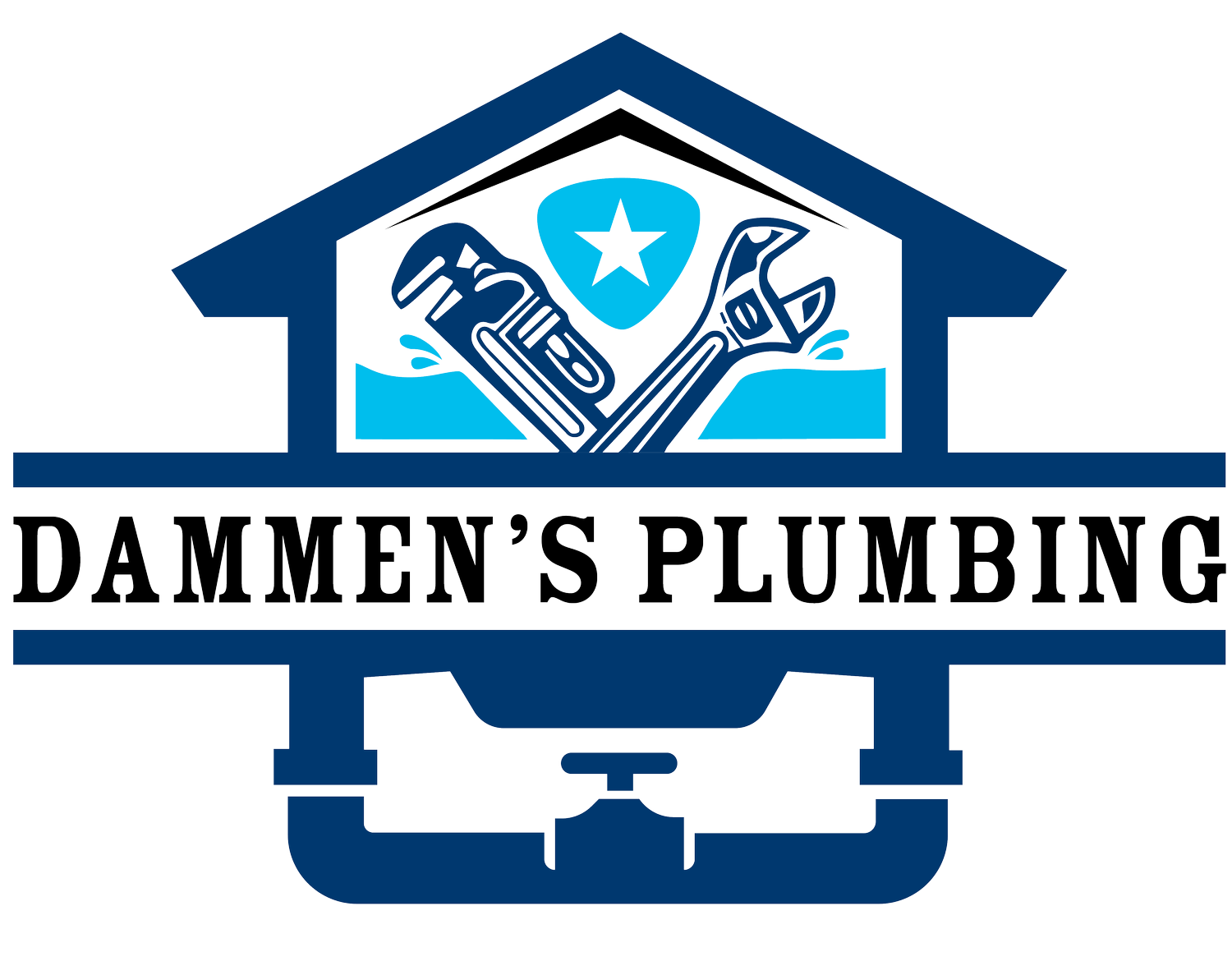How To Prepare Your Pipes For Minnesota Winters
As the temperatures in Minnesota drop, the risk of dealing with leaky pipes rises. When water freezes inside your pipes, it expands, causing pressure that can lead to cracks or bursts. Once the pipes thaw, those cracks turn into leaks, which can cause water damage and costly repairs. At Dammen's Plumbing, we know how challenging Minnesota winters can be for your plumbing, and we’re here to help you prevent those pesky leaks from happening in the first place.
Here are some essential tips to help you keep your pipes safe and leak-free during the cold months ahead.
1. Insulate Your Pipes
One of the best ways to prevent leaks in the winter is to make sure your pipes are properly insulated, especially those located in unheated or exposed areas such as basements, crawl spaces, attics, and garages.
How to Insulate Pipes:
Foam Pipe Insulation: Foam pipe sleeves are a simple, cost-effective solution for protecting your pipes. Measure the length of your exposed pipes and cover them with foam insulation that matches the pipe’s size.
Heat Tape: For extra protection in especially cold areas, consider using heat tape or heating cables. These can be wrapped around pipes and plugged into an outlet to keep the pipes warm, even during extreme cold spells.
Sealing Gaps: Cold drafts from small openings in your walls or foundation can cause pipes to freeze. Check for gaps near windows, doors, and the foundation, and seal them with caulk or weather stripping.
2. Let Faucets Drip During Extreme Cold
When temperatures dip below freezing, a small trickle of water running through your pipes can prevent pressure from building up and stop them from freezing and bursting.
Why Let Faucets Drip?
Relieve Pressure: If a pipe starts to freeze, allowing water to drip reduces the buildup of pressure inside the pipe. Without this release, pressure can lead to a pipe burst, which causes leaks when the ice thaws.
Encourage Flow: Running water is less likely to freeze, so even a small flow can help keep your pipes warm.
Focus on letting faucets drip in areas of your home that are more prone to freezing, such as basements, garages, and near exterior walls.
3. Keep Your Home Warm
Maintaining a consistent indoor temperature can prevent pipes from freezing and leaking. Even in areas you don’t regularly heat, like basements and crawl spaces, keeping some warmth circulating can protect your pipes.
Heating Tips for Your Home:
Set Your Thermostat: Keep your thermostat set to at least 55°F, even if you’re leaving home for an extended period during the winter. This ensures that your pipes stay warm enough to avoid freezing.
Open Cabinet Doors: If your pipes run through cabinets, especially on exterior walls, keep the cabinet doors open to allow warm air from the room to circulate around the pipes.
Use Space Heaters: In colder rooms or areas that aren't well-heated, consider using space heaters to add extra warmth, especially during deep freezes.
4. Disconnect Outdoor Hoses and Shut Off Exterior Faucets
Water left in outdoor hoses or faucets can freeze and lead to burst pipes. Disconnecting hoses and shutting off outdoor faucets before the first freeze is a key step in winterizing your plumbing.
Steps for Protecting Outdoor Faucets:
Disconnect and Drain Hoses: Remove hoses from outdoor spigots and store them inside for the winter. Drain any remaining water from the hose to prevent freezing and cracking.
Install Faucet Covers: Use insulated faucet covers to protect outdoor spigots from the cold. These covers are simple to install and can help prevent freezing.
Shut Off Exterior Water Supply: If possible, turn off the water supply to outdoor faucets from inside your home. After shutting it off, open the faucet to drain any remaining water.
5. Check for Leaks Before Winter Sets In
Before the cold hits, it’s a good idea to inspect your plumbing for any existing leaks or weak spots. Even a small leak can turn into a much bigger problem when temperatures drop.
How to Check for Leaks:
Inspect Pipes Visually: Look for signs of moisture, corrosion, or cracks on exposed pipes in your basement, garage, or crawl spaces.
Monitor Water Usage: If you notice a sudden increase in your water bill or hear the sound of running water when all faucets are turned off, it could indicate a hidden leak.
Schedule a Professional Inspection: At Dammen's Plumbing, we offer comprehensive inspections to check for any potential problems before winter arrives. Early detection and repair can save you from costly water damage and headaches later on.
6. Know Where Your Main Water Shutoff Valve Is
In the event of a leak or burst pipe, knowing how to quickly shut off your water supply can save you from extensive damage. Locate your home’s main water shutoff valve and make sure everyone in your household knows how to use it.
Conclusion
Minnesota winters are hard on your plumbing, but with proper precautions, you can avoid the headache and cost of leaky pipes. Whether you need help insulating your pipes, repairing a leak, or performing a full plumbing winterization, Dammen’s Plumbing is here to help.
Contact us today to schedule an inspection or service. Let's keep your pipes safe and secure all winter long!
